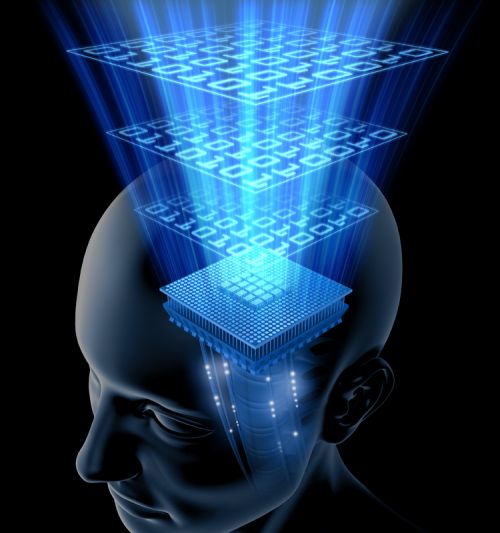Is It Possible To Build An Artificial Superintelligence Without Fully Replicating The Human Brain?

The technological singularity requires the creation of an artificial superintelligence (ASI). But does that ASI need to be modelled on the human brain, or is it even necessary to be able to fully replicate the human brain and consciousness digitally in order to design an ASI?
Animal brains and computers don’t work the same way. Brains are massively parallel three-dimensional networks, while computers still process information in a very linear fashion, although millions of times faster than brains. Microprocessors can perform amazing calculations, far exceeding the speed and efficiency of the human brain using completely different patterns to process information. The drawback is that traditional chips are not good at processing massively parallel data, solving complex problems, or recognizing patterns.
Newly developed neuromorphic chips are modelling the massively parallel way the brain processes information using, among others, neural networks. Neuromorphic computers should ideally use optical technology, which can potentially process trillions of simultaneous calculations, making it possible to simulate a whole human brain…
Read more: Institute for Ethics & Emerging Technology by Maciamo Hay
| Tweet |











